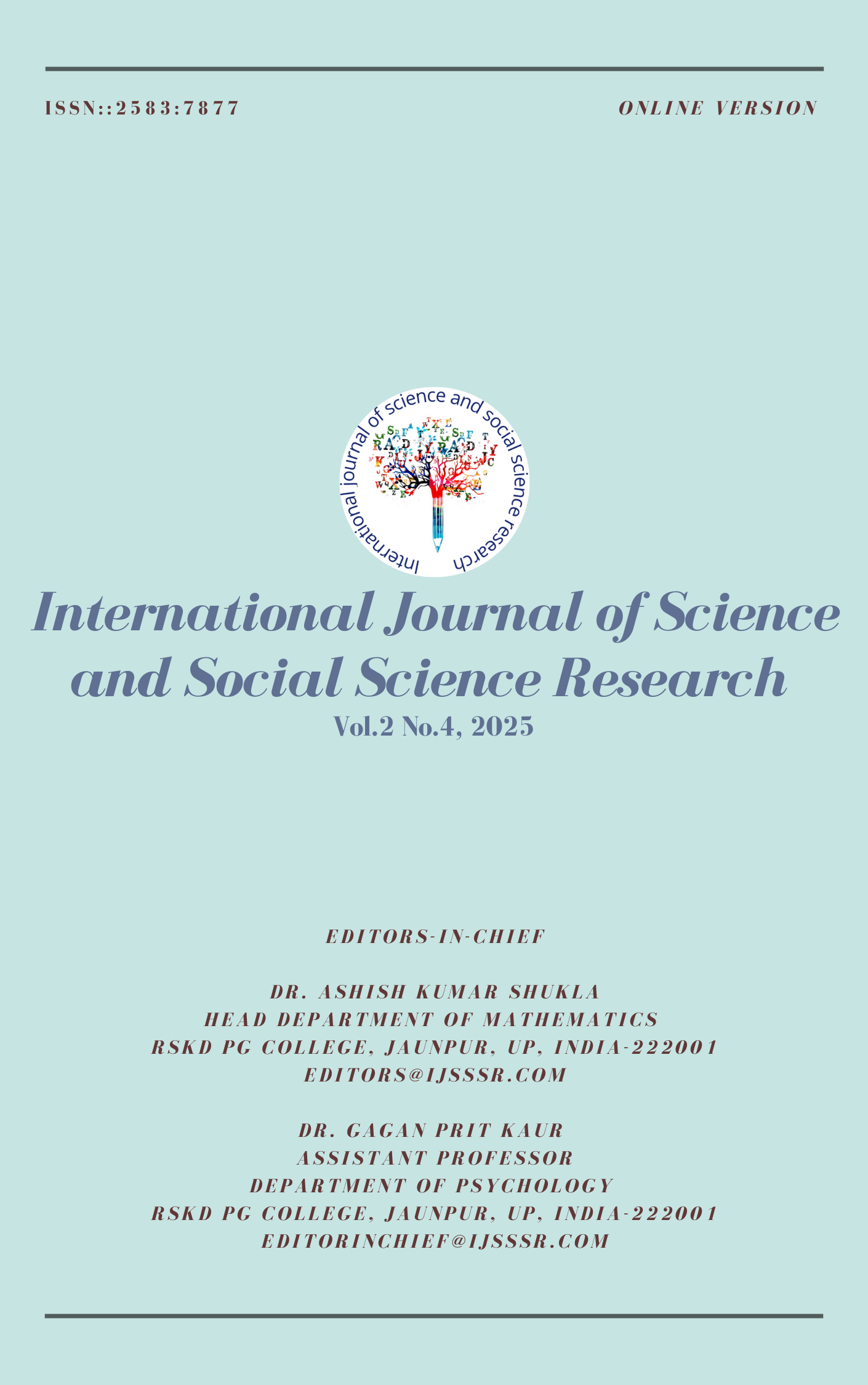AI-Driven Economic and Financial Forecasting: House Prices, Unemployment, Cryptocurrency, and Business Stability in the USA
DOI:
https://doi.org/10.5281/zenodo.15029917Keywords:
Artificial Intelligence, Machine Learning, Economic Forecasting, House Price Prediction, Unemployment Analysis, Cryptocurrency Trends, Business Bankruptcy PredictionAbstract
Artificial Intelligence (AI) and Machine Learning (ML) have transformed economic and financial forecasting, offering valuable insights into key market indicators such as housing prices, unemployment rates, cryptocurrency trends, and business stability in the United States. This study examines AI-driven approaches for forecasting economic trends, identifying patterns, and mitigating financial risks. Various ML models, including Random Forest, Gradient Boosting, Long Short-Term Memory (LSTM) networks, and Support Vector Machines (SVM), are applied across economic domains. For instance, house price predictions utilize ensemble learning techniques, unemployment rate estimates employ time-series models, cryptocurrency price forecasting leverages deep learning architectures, and business bankruptcy predictions are addressed using classification algorithms. The study utilizes datasets from reputable sources, including Zillow Housing Data, the Bureau of Labor Statistics (BLS), CoinMarketCap, and corporate financial statements. To evaluate model performance, metrics such as Root Mean Square Error (RMSE), Mean Absolute Percentage Error (MAPE), F1-score, and Area Under the Curve (AUC) are employed. The findings emphasize the potential of AI-driven forecasting to enhance decision-making for policymakers, investors, and financial analysts, ultimately contributing to a more resilient and adaptable economic landscape.
Downloads
Published
How to Cite
Issue
Section
License
Copyright (c) 2025 International Journal of Science and Social Science Research

This work is licensed under a Creative Commons Attribution-NonCommercial 4.0 International License.







